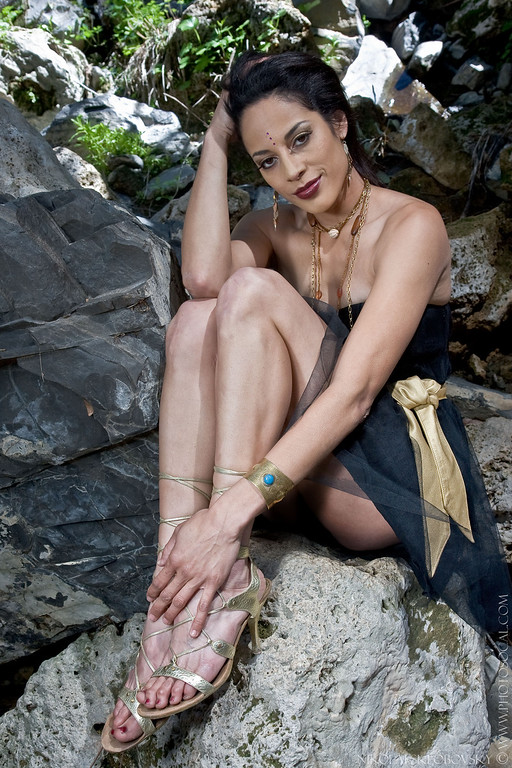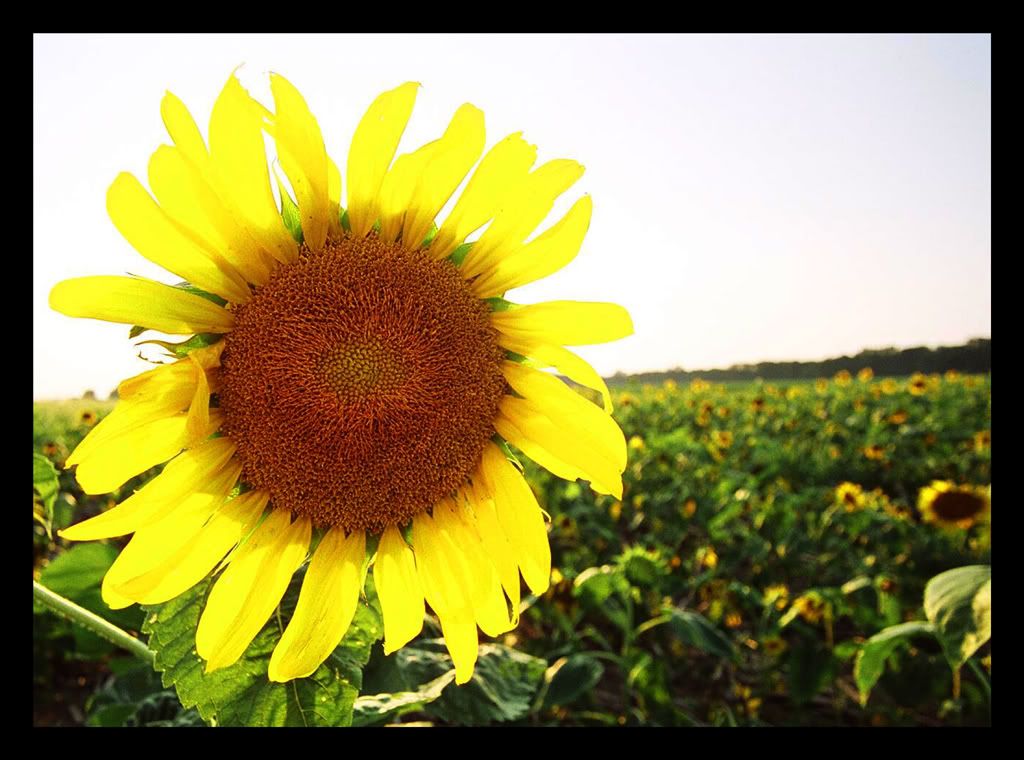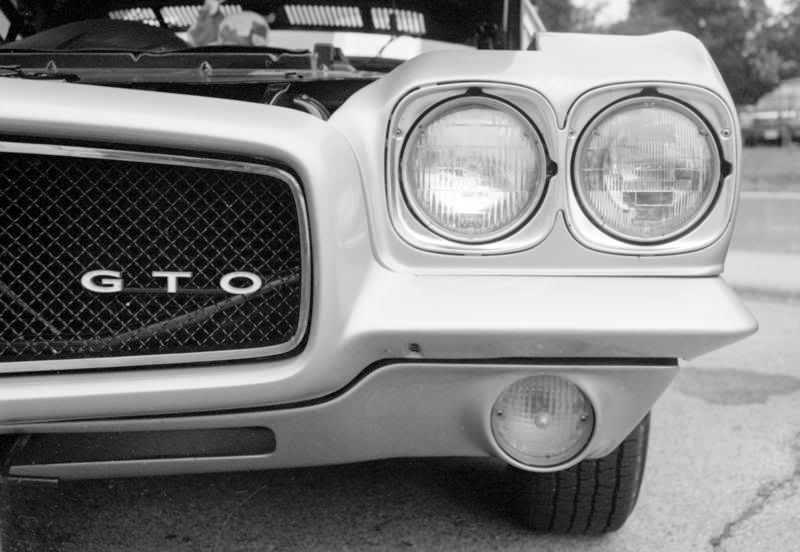Asher Kelman
OPF Owner/Editor-in-Chief
Let me say it again, it's fine for Steven Eastwood, Nicolas claris and Ansel Adams to subscribe to "compose correctly before the shot. The oft taught aphorism works for the expert who has intuition guiding hands and eyes. To the extent both do/did this, it was every day, their life, and knew pretty well how the film would end up on paper.
For the rest of us, what do we do? We try our best to follow directions of teachers and gurus to do it right first time. On the face of it, this is a fine goal. For sure in a professional model shoot the art director will often leave with the pictures.
I keep pleading for the recognition that we can complete composition on the screen! Shoot wide! Check all around for what you are missing unless you do this for a living and know what the client needs or what will sell!
Why is it important?
So how close do you frame? Are you able to compose and frame very close to how deliver the file to the printer or for sale?
Asher
For the rest of us, what do we do? We try our best to follow directions of teachers and gurus to do it right first time. On the face of it, this is a fine goal. For sure in a professional model shoot the art director will often leave with the pictures.
I keep pleading for the recognition that we can complete composition on the screen! Shoot wide! Check all around for what you are missing unless you do this for a living and know what the client needs or what will sell!
Why is it important?
- Limbs missing. Is that needed for what you will do with the image in the end?
- Space in from of an animal so it does not appear trapped in your frame.
- Wonderful curves of a bay cut off
- Part of a stunning tree or bridge that can anchor an entire picture insufficiently included.
- A major cloud cut in half causing the panorama or scene to appear incomplete.
So how close do you frame? Are you able to compose and frame very close to how deliver the file to the printer or for sale?
Asher





